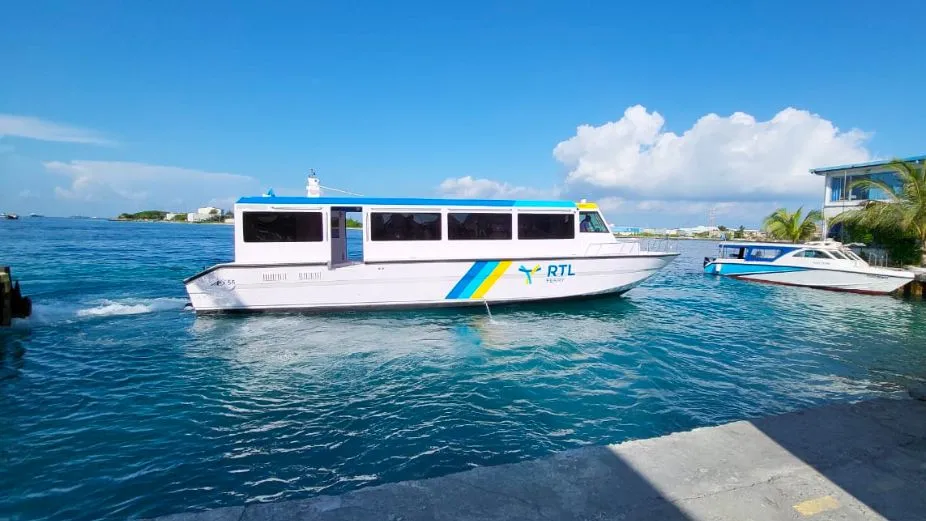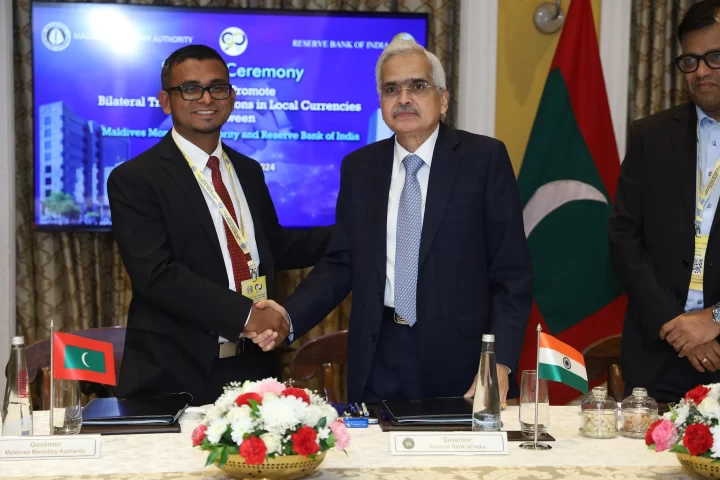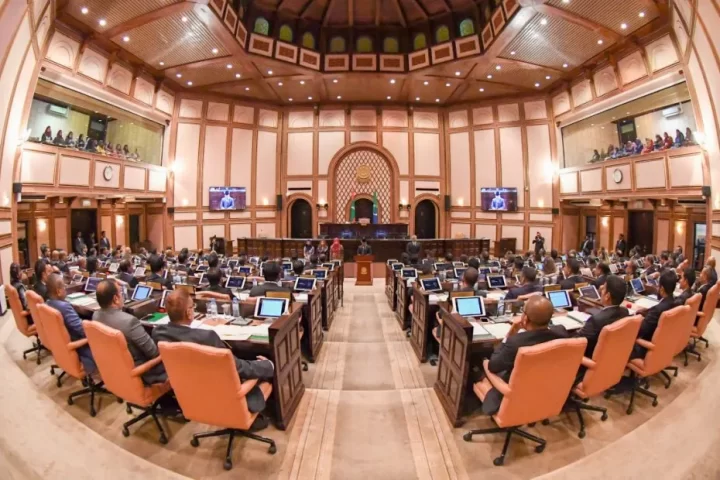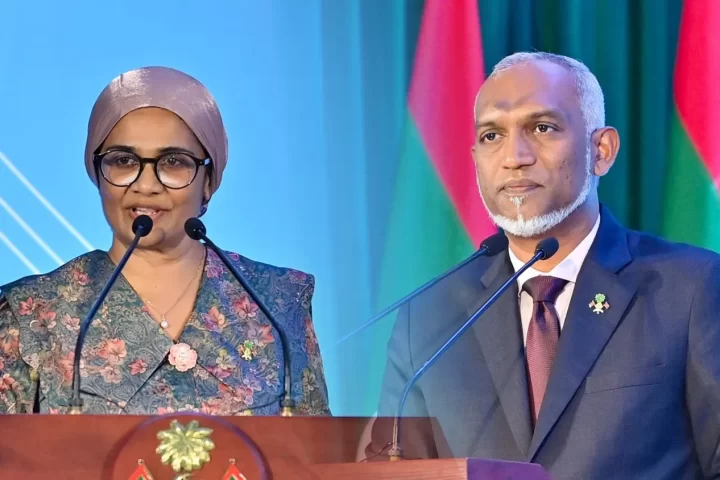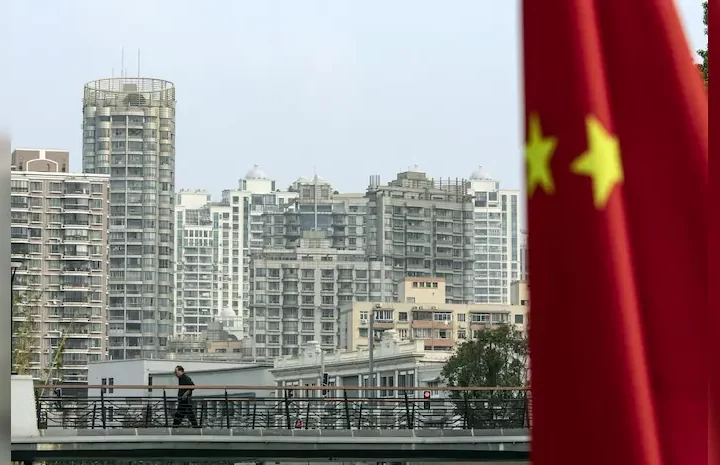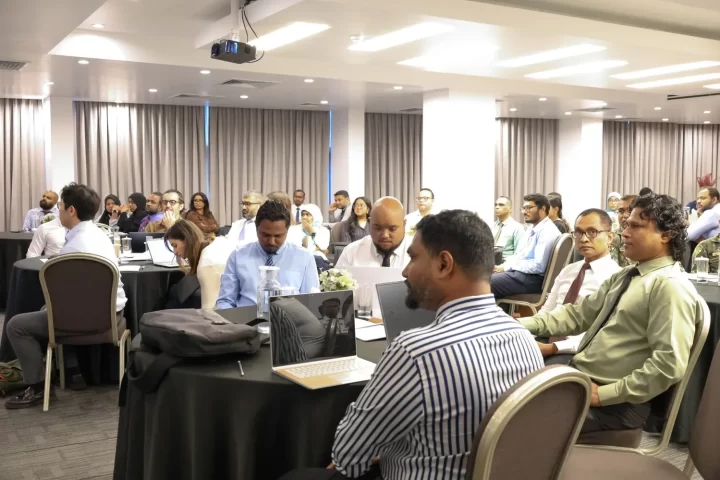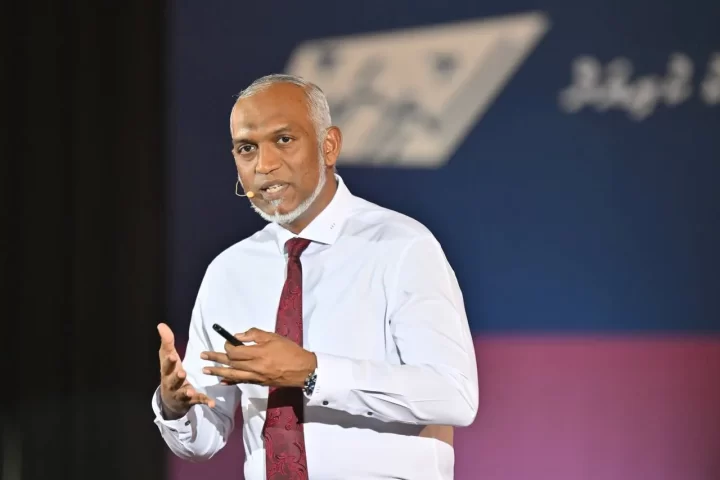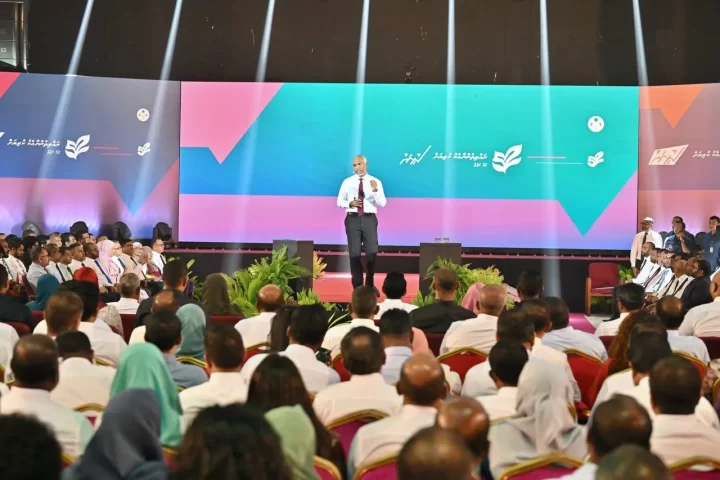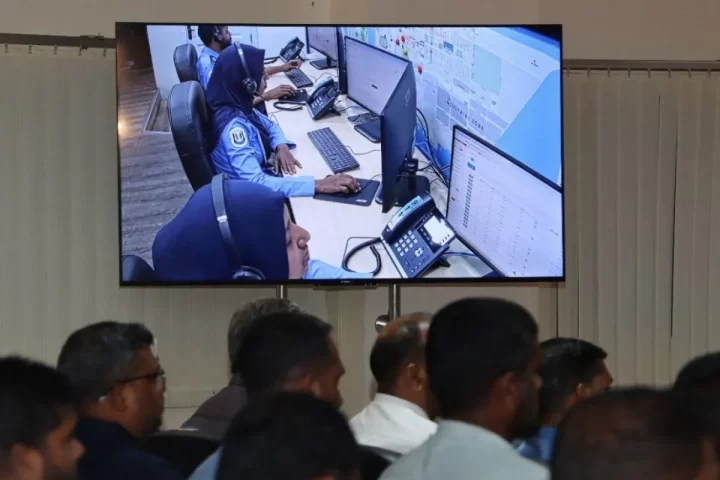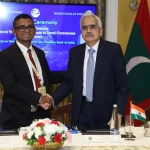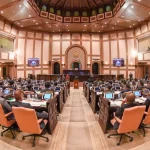MALE’, Maldives — The Maldives government’s ambitious ferry service, connecting its far-flung island communities, faces a severe financial crunch that could disrupt a transportation lifeline for thousands of citizens across this Indian Ocean nation.
The government’s ambitious Regional Transport Link (RTL) ferry service, once hailed as a solution to the nation’s age-old connectivity challenges, is now threatening to sink under the weight of mounting subsidies.
Transport Minister Mohammed Amin, appearing before Parliament’s Economic Committee on Tuesday, painted a stark picture of the system’s financial predicament. The government, he revealed, is shouldering an overwhelming 80 percent of operational costs — a burden that could soon balloon to 1 billion Maldivian rufiyaa (approximately $65 million).
“The current trajectory is simply unsustainable,” Mr. Amin said, outlining a proposal to reduce state subsidies from 80 to 55 percent. “We’re looking at a mere 20 percent cost recovery rate. The math doesn’t add up.”
The RTL’s financial demands have grown exponentially since its inception. What began as a 48 million rufiyaa subsidy in its first year swelled to 130 million last year. Government projections suggest costs could skyrocket to 280 million rufiyaa by December, straining an already stretched national budget.
The crisis underscores the persistent challenges of connecting this nation of 1,192 islands scattered across 26 natural atolls.
In the Gaafu Alif and Gaafu Dhaalu atolls, home to the world’s largest natural atoll chain, even nearby islands can become virtually inaccessible during rough seas and monsoons.
Previous attempts to solve the connectivity puzzle through regional airports proved prohibitively expensive for ordinary citizens. “Domestic airfares often exceeded the cost of flying to India,” said Ahmed Hassan, a frequent traveler. “The RTL was supposed to be the affordable alternative.”
The network currently serves 81 islands across nine atolls, providing a crucial lifeline for communities historically isolated by the ocean. But with Maldives already spending approximately $700 million annually on fuel imports — a figure that accounts for a significant portion of its import bill — the mounting costs of maintaining the ferry service have become increasingly difficult to justify.
“We’re caught between a rock and a hard place,” said businessman Ali Fauzy. “The service is essential for economic mobility and access to healthcare and education. But the current subsidy model is bleeding the treasury dry.”
The government’s proposal to reduce subsidies would inevitably lead to higher ticket prices, a prospect that worries many islanders who rely on the service for daily commutes and essential travel.
Minister Amin maintains that the government remains committed to completing the entire RTL network by 2026, though financial pressures may force adjustments to this timeline. His ministry is exploring various models to increase cost recovery while maintaining accessibility.
The crisis reflects a broader challenge facing island nations: how to balance essential public services with fiscal responsibility. As climate change threatens to make sea travel even more unpredictable, the Maldives’ experience could offer valuable lessons for other archipelagic countries grappling with similar challenges.
